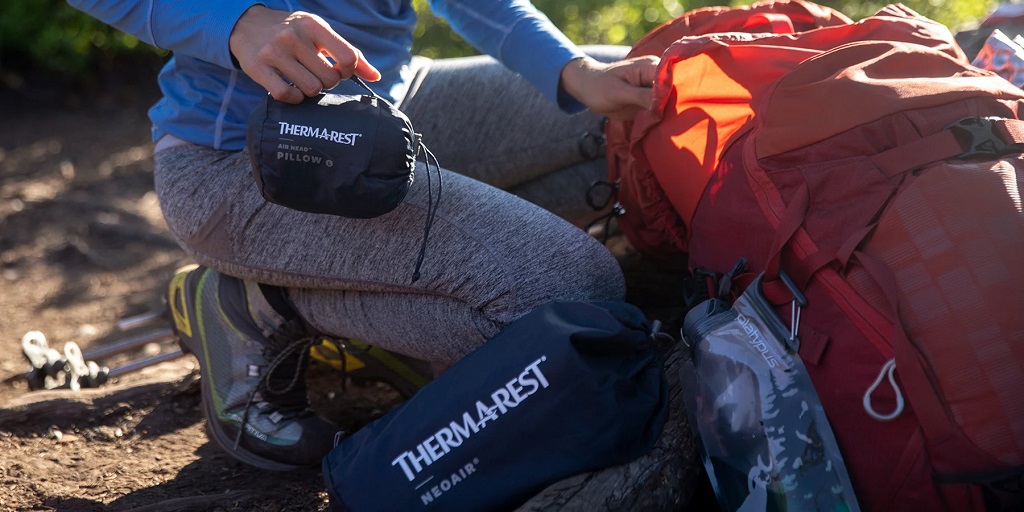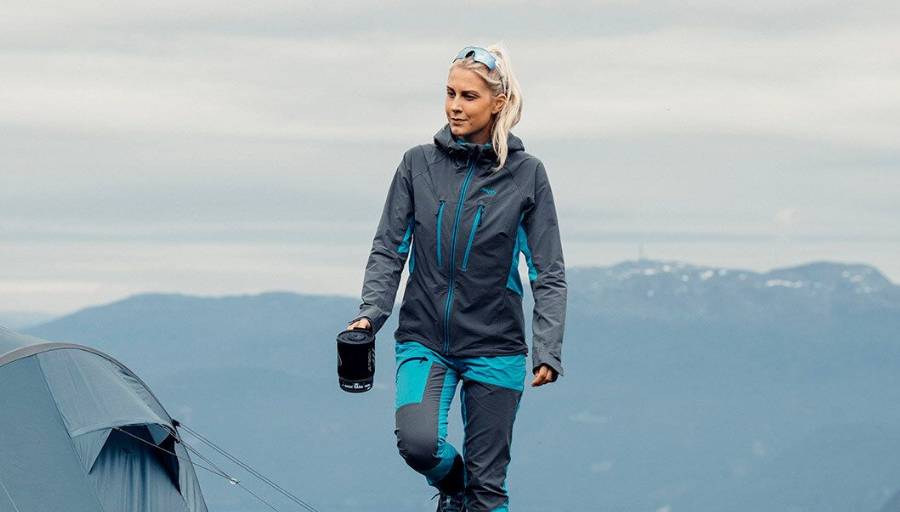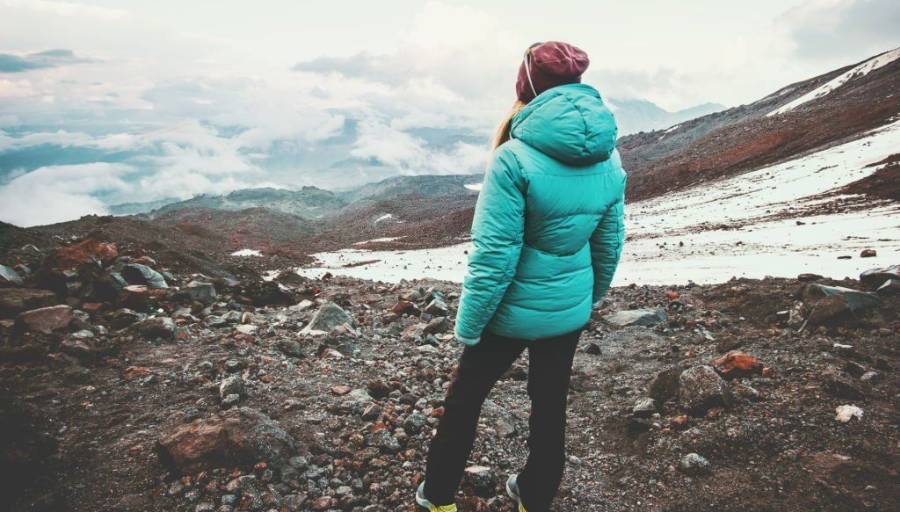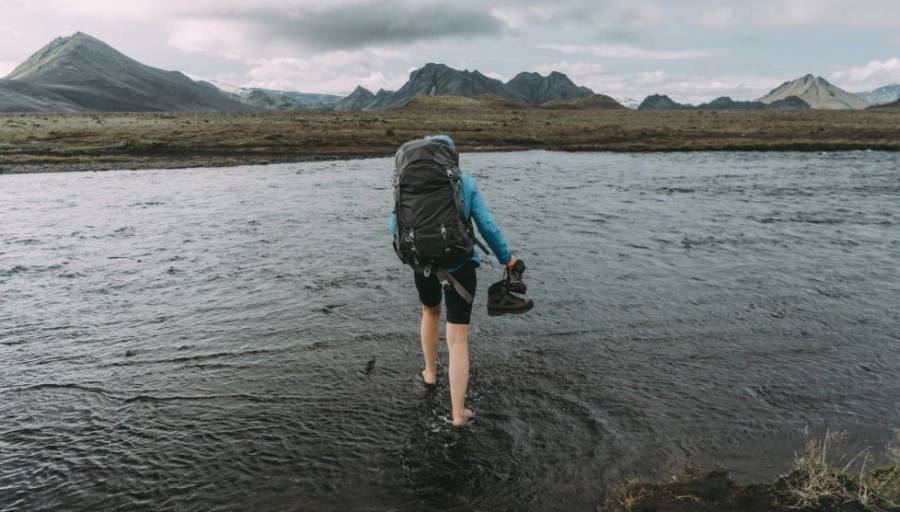Top 12 Beginner Hiking Mistakes to Avoid
If you’ve spent any time in the woods, you’ve probably made some epic blunders on your hikes. I make lots of hiking mistakes. Actually, the only reason I’m capable of giving Smart Advice to hikers is because of all the laughable flaw I’ve made over the years. At one point or another, I’ve fallen victim to each of the errors listed below (and many more!).
I’ve made every backpacking and hiking mistake you can find in books, but I’ve learned from each blunder, and I’m always hungry for more lessons. Despite the challenges, the knowledge gained from these mistakes fuels my passion for exploration. Because, no matter how challenging those mistakes might have been, the positive experiences on the trail consistently surpass the negatives.
12 Beginner Hiking Mistakes
In this exploration of the top 12 beginner hiking mistakes, we’ll delve into the lessons I’ve learned the hard way, aiming to ensure your journey is filled with more triumphs than trials.
1. Cook in Your Tent
Cooking in your tent can seem like a cozy thing, especially if the outside weather is wet or cold. But there are serious consequences to consider before lighting a stove in an enclosed area. The obvious danger is that you could burn your tent, which would be quite disastrous. The less visible danger is the carbon monoxide fumes from your stove. This is poisonous and can kill you. This would be even more disastrous in some cases.
There are scenarios where you need shelter to cook a meal – like during a winter hike in the mountains or during a snowstorm. So, if you HAVE TO, cook in the vestibule of your tent, not inside your tent. And make sure you allow good ventilation. If you can’t be sure of these things, don’t cook inside the tent at all.
2. Wet Your Sleeping Bag
This is not very surprising professional advice: Sleeping in a wet sleeping bag is sure to bring you down. Shocking sight, right? Still, this mistake seems like a rite of passage for new hikers. It’s hard to really unravel the mystery of why you ever agreed to sleep in a wet sleeping bag. This is probably when all wisdom completely vanishes.
You have to develop a real obsession with keeping your sleeping bag dry. At the first sign of rain, place your sleeping bag in a waterproof bag inside your backpack. Large-capacity trash bags work great for this. Even if your backpack has waterproof qualities (though few actually do), investing in additional protection for this crucial piece of gear is undeniably worthwhile.
3. Protect Your Feet
Few things can swiftly ruin a hike like nasty blisters. When every step becomes a painful ordeal during your journey on foot, it becomes challenging to savor the beauty of your surroundings.
Blisters are caused by friction, such as wearing shoes that are too tight, too stiff, or rubbing against a particular area of skin. Blisters can develop easily when your feet are sweaty and tender. This is one of the reasons I prefer to travel lightly and wear low-top hiking shoes over high-top walking shoes. They keep your feet ventilated, comfortable, and blister-free no matter how far you want to hike.
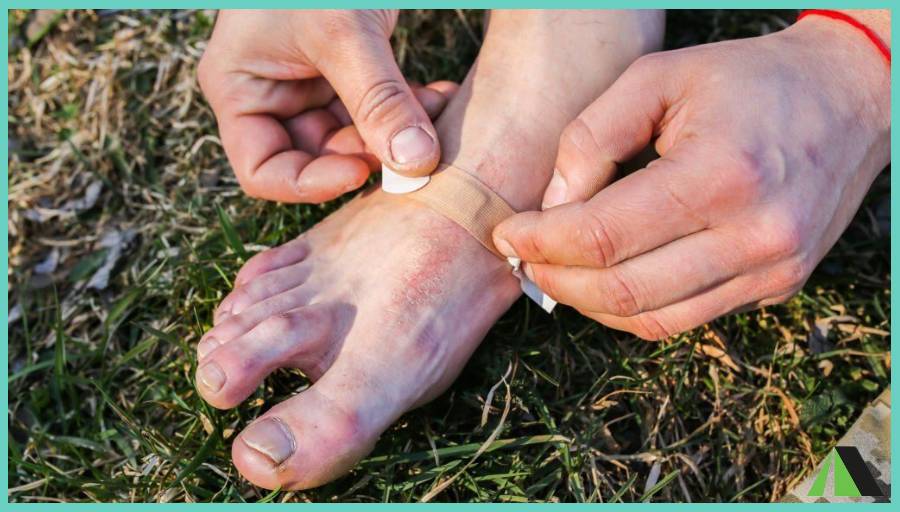
If you plan on wearing hiking shoes, take the time to get them on well before your hike. Also, whichever shoe you choose, always stop immediately if you feel a hot spot and treat it immediately. It’s easy to continue hiking and put up with the initial pain of the blister, but then you’ll cause it to get worse and a sore that will be much more painful the next few days.
4. Pack Trifles
There are about 1300 steps per kilometer and nature is rarely flat. Keep this in mind when testing the weight of your bag from the comfort of your home. It won’t take long for you to feel the discomfort of heavy equipment on the road.
Dropping weight is a skill that comes with experience and confidence gained after years on the road. The more you remove, the more you’ll see what you need, what you don’t have, and what you can improve.
Common pitfalls include packing too much clothing, too much food, and unnecessary extras like camp chairs, camp shoes, and excess cooking gear. Start with “The Big 3”, your shelter, backpack and sleeping bag. Lightweight equipment has come a long way in recent years. For example, my backpack, two-person tent, and my sleeping bag weigh just over 4 pounds. Light hiking will make your adventure much more enjoyable.
5. Flood Your Shelter
When setting up your tent, always ask yourself this question: when it rains, where will the water go? Flat areas always seem like tempting places to set up shelter, but they are also places where water will collect. If it starts to rain overnight, you could easily wake up with a few inches of standing water in your tent, and that’s never fun.
When setting up your shelter, look for good water drainage and never choose a location that suggests there has been flooding in the past. Choose established campsites to minimize your impact; camp at least 60m from water sources and avoid low spots in valleys to reduce condensation and cold temperatures.
6. Ditch Easy Meals for Animals
It’s shocking to me how rarely I see hikers properly storing their food. And yes, proper food storage is a very important thing – not just for you, but for wildlife as well. Feeding wild animals changes their eating habits and teaches them to associate humans with food. For example, when bears learn to associate humans with food, they often have to be trapped, moved, and sometimes killed.

Poor food storage is like hand-feeding wild animals, so don’t be that kind of hiker. It’s not hard to do and it’s worth preserving our wildlife. You have several options for storing food properly. Properly hung bear boxes, Ursacks, and bear bags are serious options.
7. Bring Untested Equipment
Testing your equipment is a crucial step in preparing for your trip. Never take anything on a hike that you haven’t tested beforehand because one of them is likely not going to work.
You could pack the wrong type of stove fuel, pack a headlamp with dead batteries, or find yourself in trouble if you set up a new tent when it’s dark and raining. Avoid these mistakes and test more your gear before you hit the trail. Also, use a light equipment checklist before every trip to make sure you don’t forget important items.
8. Have Lax Water Management
Drinking water is one of the most important factors for your survival in the wild. Water is also one of the heaviest items you carry in your bag. It is therefore important to find the right balance between hydration and weight reduction during your hikes. Always be aware of where your next source of water is and stay hydrated while you refill your bottles. This way you won’t have to carry as much.
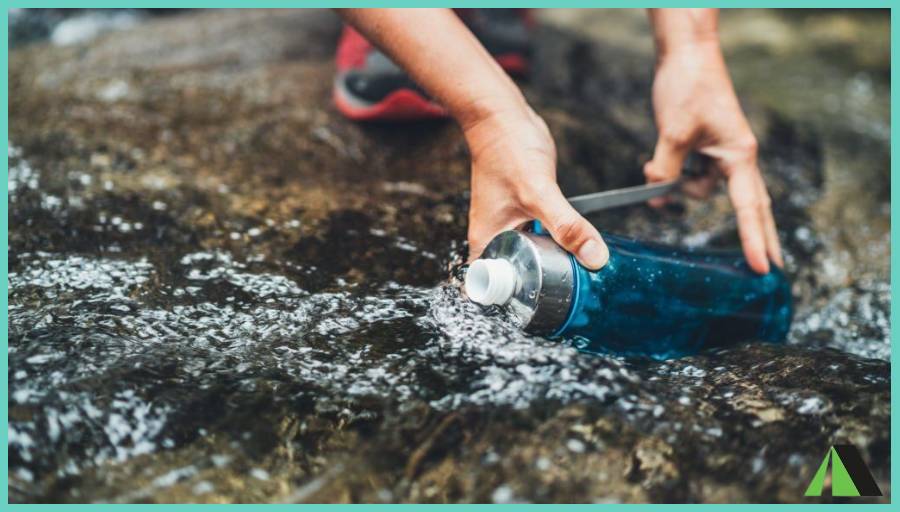
For example, filling a 3-liter hydration bladder will add 3 kg to your pack. It’s an absolute necessity if you’re hiking in the desert, but an unnecessary burden if you’re hiking near clean rivers all day.
9. Rushing the Preparation
Planning a trip takes time and it’s not always fun, but it’s extremely important, especially for beginners. Planning the trip will help you avoid countless blunders that can completely derail your trip.
During the trip planning phase, ensure you acquire the appropriate maps, obtain necessary permits, stay informed about current conditions such as snow, fires, bugs, etc., and check for trail closures or fire bans.
Being unaware of these crucial details could easily jeopardize your trip or lead you off course. Skipping over these considerations might seem tempting, but the consequences—getting lost on a trail without the right permit or realizing you need a bear barrel for food storage—can quickly turn a promising adventure into a challenging ordeal.
10. Ignore the Weather
The weather in the desert is inherently unpredictable. Temperatures in the mountains can drop quickly, and pleasant weather can deteriorate faster than you think. Subjecting yourself to adverse weather conditions without the proper gear is one of the most perilous scenarios for any hiker. Avoid putting yourself in such situations to ensure your safety on the trail.
Even if the forecast calls for sunshine, pack a light rain jacket. Evenings and mornings are almost always cool in the woods, so pack a warm jacket, hat, and gloves on every trip. If you are unprepared for wet and cold weather, you should not hike in the woods.
Do you know how to use a map and compass? Are you familiar with the necessary steps to take if you get lost in nature? Understanding how to flag yourself for help and maximizing your chances of finding others is crucial; otherwise, you may find yourself in a challenging and precarious position.
Every hiker should have basic navigation skills. If you don’t have them, you really shouldn’t be hiking. Never put yourself in a position to experience what it feels like to be truly lost in the wilderness. The consequences can be disastrous.
12. Leave a Mark
LNT (Leave no Trace) hiking skills aren’t sexy, but they are essential. The more wild areas we travel, the more impact we have on the plants and animals that live there. If we don’t do our part to minimize our impact, we will ruin our most pristine wilderness areas.
Here are some simple tips:
- Don’t use biodegradable soap in or near water sources
- Take out all your trash, dig a hole to bury your excrement
- Follow fire regulations
- Store your food properly
- And don’t feed the animals
- Know the rules of the region you are traveling in and follow them
These are simple details, but you’d be surprised how many hikers don’t know about them or don’t apply them. So do your part to help keep our wilderness areas as wild as possible.
Make Your Package
No matter how diligently you strive, the likelihood is that you’ll encounter some significant hiking blunders over the years. When mistakes inevitably occur, seize the opportunity to learn from them, make the necessary adjustments, and then get back on the trail. Ultimately, the enjoyable moments you experience during your hikes will consistently outweigh the times you find yourself stuck in the mud.
Have any questions? Or want to share your own mistakes with us? Feel free to leave a comment below.

